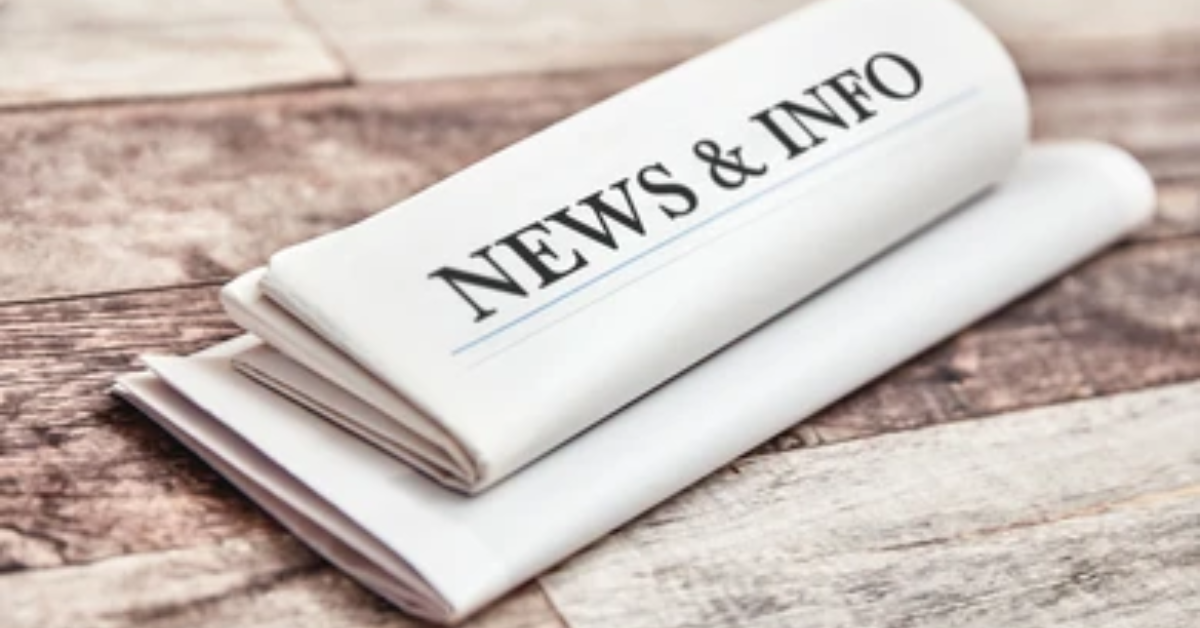Partial Moon Eclipse
A partial lunar eclipse is set to occur on the night of October 28-29, 2023, which corresponds to the 6th-7th of Kartika in the Saka Era (1945). While the Moon will initially enter the penumbral phase at midnight on the 28th of October, the umbral phase, where the Earth’s shadow partially covers the Moon, will begin in the early hours of the 29th of October. It’s a celestial event that astronomy enthusiasts and stargazers may want to observe.
Regions in which Partial Lunar Eclipse will be Visible
The upcoming partial lunar eclipse on October 28-29, 2023, will be visible from a wide region that includes the Western Pacific Ocean, Australia, Asia, Europe, Africa, eastern South America, north-eastern North America, the Atlantic Ocean, the Indian Ocean, and the South Pacific Ocean. It’s a celestial event that will be observed across a significant portion of the world.
This lunar eclipse will be visible from all locations in India around midnight.
Duration of the Lunar Eclipse
- The umbral phase of this eclipse will begin at 01 hr. 05 min IST on 29th October and will end at 02h 24m IST.
- The duration of the Eclipse will be 1 hour 19 minutes with a very small magnitude of 0.126.
- The next lunar eclipse will be visible from India on 07 September 2025 and the same will be a total Lunar eclipse.
- The last lunar eclipse which was visible from India was on 8 November 2022 and it was a total eclipse.
What is the Partial Eclipse of the Moon?
A partial eclipse of the Moon occurs when the Earth casts a partial shadow on the Moon. This happens when the Sun, Earth, and Moon are not perfectly aligned in space. During a partial eclipse, only part of the Moon’s surface is covered by the Earth’s shadow.
The rest of the Moon is still visible, but it may appear darker than usual. Partial eclipses of the Moon can be seen from anywhere on the night side of the Earth.
Phases of a Lunar Eclipse
A lunar eclipse has four phases: penumbral, partial, total, and partial.
- Penumbral: The Moon passes through the Earth’s penumbra, the outer part of its shadow, making it appear slightly dimmer.
- Partial: Part of the Moon passes through the Earth’s umbra, the inner part of its shadow, making it appear to take a bite out of the Moon.
- Total: The entire Moon passes through the Earth’s umbra, casting a reddish glow on the Moon.
- Partial: The Moon exits the Earth’s umbra, and the eclipse reverses itself.
What is a Solar Eclipse?
A solar eclipse is a natural phenomenon that occurs when the Moon passes between the Sun and Earth, partially or fully blocking the Sun’s light.
There are three types of solar eclipses:
- Total solar eclipse: The Moon completely blocks the Sun’s disk.
- Partial solar eclipse: The Moon partially blocks the Sun’s disk.
- Annular solar eclipse: The Moon passes in front of the Sun’s center, leaving a ring of sunlight visible.
Solar eclipses can only occur during a new moon when the Sun and Moon are aligned. However, not all new moons result in solar eclipses. This is because the Moon’s orbit is tilted relative to Earth’s orbit, so the Moon usually passes above or below the Sun.
- Weekly Current Affairs 2025 PDF For Bank, SSC, UPSC Exams
- Unsung Heroes of India: 10 Unknown Freedom Fighters You Should Know
- 26 December Current Affairs 2023 in English
- Daily Current Affairs 2025, Check Today’s Current Affairs
- April Month Current Affairs 2024, Download PDF
- June Month Current Affairs 2024, Download PDF

Hello, I’m Aditi, the creative mind behind the words at Oliveboard. As a content writer specializing in state-level exams, my mission is to unravel the complexities of exam information, ensuring aspiring candidates find clarity and confidence. Having walked the path of an aspirant myself, I bring a unique perspective to my work, crafting accessible content on Exam Notifications, Admit Cards, and Results.
At Oliveboard, I play a crucial role in empowering candidates throughout their exam journey. My dedication lies in making the seemingly daunting process not only understandable but also rewarding. Join me as I break down barriers in exam preparation, providing timely insights and valuable resources. Let’s navigate the path to success together, one well-informed step at a time.






